TGC-16: growth energy of Tatarstan petrochemistry
TGC-16 has been working in the market for more than 5 years and is the leading energy manufacturer in the republic. To start with, the creation of the company was conditioned by the necessity of reconstruction of the power-consuming industries of the TAIF Group due to the reduction of the outlay on energy resources. This issue of the special project TAIF-25 dedicated to the anniversary of the multisectoral holding tells how the purchase of energy assets enabled to modernize the energy system of Tatarstan and how TGC-16 PJSC ensured the profitability of productive activity preserving the lowest tariffs in the region and many other interesting facts.
Resource for development
TGC-16 PJSC is one the key electric utilities of Tatarstan that only in 2014 increased its power production by 2,4% making a total of 6,3bn kWh while the heat energy production grew by 6,2%, which made 19,85m Gcal in 2014. In total, the share of installed thermal energy of the Group of Companies among others in the republic is 43%.
This fast growing company is a 100% subsidiary of TAIF PJSC. The multisectoral holding concentrating power-consuming industries could not move forward and consolidate positions in the market without its own energy source. Therefore, petrochemists' idea of the creation of their own power industry in Tatarstan appeared a long time ago. In the 90s, the administration of Nizhnekamskneftekhim tried to prove to the government of the republic that it was expedient to include the structures of the Nizhnekamsk Combined Heat and Power Plant-1 (CHPP-1) whose 80% of the energy was consumed by NKNKH. Only privatization could work there. However, at that time, all the efforts made by petrochemists were unavailing.
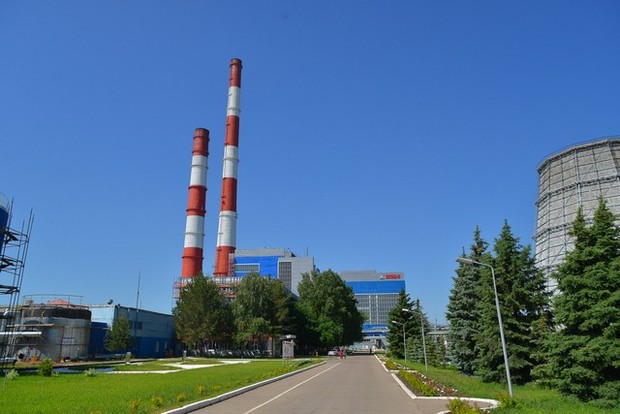
The creation of their own power company of TAIF Group 5 years ago was conditioned by a rapid and an unjustified increase of tariffs on energy resources delivered at that moment by monopolist Tatenergo through the intermediary Tatenergosbyt PJSC industrial enterprise.
Compared to the early noughties, the payments for energy resources of petrochemical enterprises increased tenfold and reached 20bn rubles per year by 2009. It's necessary to mention that it all happened against a background of the constant struggle for the economy of energy in the enterprises of the Group, the introduction of new energy saving technologies and reduction of specific power requirements of heat and energy power consumption per article. In 2009, the share of energy resources at prime cost was 25% in Nizhnekamskneftekhim PJSC and over 13% in Kazanorgsintez. A problem of the principle on the competitiveness of petrochemical production and oil refinery of Tatarstan and actual survival of the enterprises that produce that goods arose.
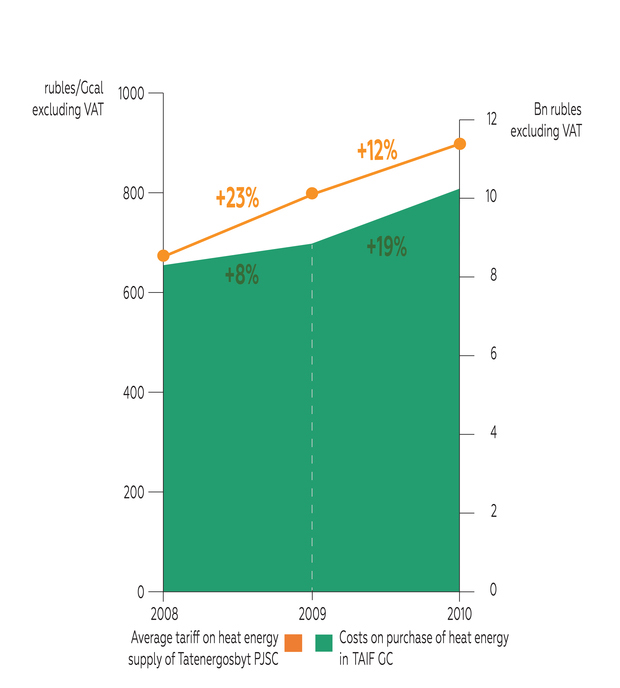
Creation of their own power companies
By 2009, during the global crisis, a constant and significant tariff increase on energy resources led to an obvious result – origin of a judicial dispute between power engineers and petrochemists concerning the validity of the tariffs. The poor quality of power supply services of the petrochemical enterprises aggravated the situation.
Thus, the Kazanorgsintez appealed to Arbitral Tribunal for request on the compensation of property damage because of a serious accident in the energy system of Tatarstan in cold December in 2008. The fact that heat and electricity were off for hours was a real catastrophe for the enterprise of a constant production cycle. All main productions in Kazanorgsintez PJSC were suspended. Especially Polycarbonates Plant was damaged and in need of an expensive repair. Damage limitation, repair and reconstruction of damaged equipment and communications, further production launch, and process stabilization took almost three months. The straight loss made hundreds of millions of rubles. As a result, a huge volume of the shortfall of the production caused not only direct client losses but also losses of the deficient tax and other budget incomes.
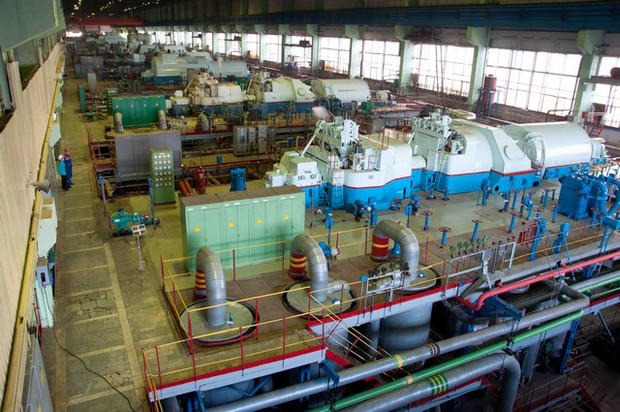
It was obvious that the technical condition of the energy system of Tatarstan didn't keep pace with the requirements of the developing petrochemical complex of the republic. Tens of emergency shutdowns occurred annually because heat and electricity supply malfunctioned in the enterprises of the energy system. Moreover, the factories of TAIF consumed 50% of the heat generated by Tatenergo and provided approximately 80% of the revenue from the heat sale with waste steam from Generating Company PJSC, which was included in the structure of Tatenergo PJSC. 'This cannot be continued. We'll create our own energy system from the beginning,' Albert Shigabutdinov, the director general of TAIF, declared then.
The administration of the republic interfered in the situation: the power engineers and the petrochemists were advised to discuss all moot points without taking legal actions. Mintimer Shaimiev, the first President of the republic, supported the sale of energy assets to the largest companies of Tatarstan, TAIF and Tatneft groups, in order to create a competitive energy market. The administration of the republic cares about the population first; this is why the energy reform of the republic was chosen as a variant by means of the realization of the three power stations of Generating Company PJSC to large industrial consumers. That choice can also be explained: the construction of their own power sources carried out by TAIF and Tatneft groups could lead to the closure of the active power stations in Nizhnekamsk and in Kazan as well as toan uncontrollable heat tariff increase in those cities. For this reason, the less effective variant concerning capital intensity and return on investment for new owners was chosen, but it took into account our inhabitants' interests.

The sale price of the power stations was defined based on the market value, carried out by competent foreign experts and approved by the government of the republic. The sale of a part of assets of Generating Company PJSC was profitable for both sides for the reason that the governmental company, consequently, channeled proceeds to its own investment programmes on the modernization of generating powers and launch of the construction project of the new modern power-generating unit in the Kazan CHPP-1 and the CHPP-2.
Longs-awaited assets and their radical modernization
Having become an asset holder, TAIF started to elaborate a strategic programme on reliability and effectiveness growth of the energy complex by means of its radical modernization.
What is more, the modernization was divided into two steps. The events aimed at the promotion of reliability of the heat and electricity production were held first. Then the integrated reconstruction and modernization of power stations began. Since 2010, from the very beginning, 6bn rubles have been spent on high priority and low-cost measures taken to provide the reliability and the reconstruction of the equipment in the Nizhnekamsk CHPP-1 and in the Kazan CHPP-3. Looking ahead, we can say that the investment programme of TGC-16 for 2016-2018 plans 75 undertakings totaling 19bn rubles.
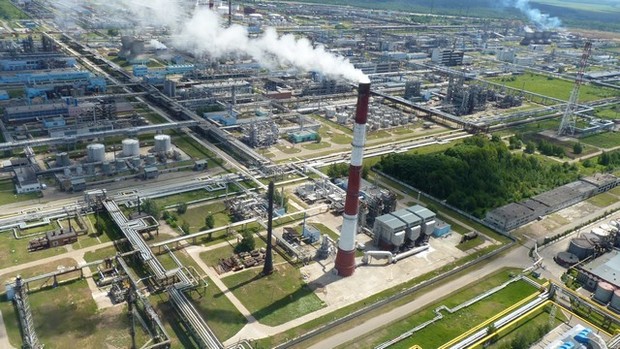
In addition, TGC-16 pays attention to the interests expressed by the population and consumers and provides reliability of their power supply simultaneously holding tariffs on energy resources to the minimum. The energy company synchronizes its development programmes with consumers' requirements and their development plans. It allows TGC-16 to concentrate effectively all necessary resources on key directions of the modernization of technologic processes and productive capacity.
Within the scope of realization of measures on the radical reconstruction of the stations, TGC-16 signed an agreement on the modernisation of the CHPP-3 based on an up-to-date and effective worldwide at this moment General Electric's gas turbine that delivers 388,6 MW of electricity. The modernization project with the integration of the gas-turbine plant into the flow diagram of the Kazan CHPP-3 will enable to increase the productivity of the power station, its lifespan and reliability reducing the volume of the air emissions. The new equipment will guarantee a twofold increase of the production in combined cycle preserving the same volume level and reliability of heat production that will reduce the cost price of the heat energy for the consumers in the energy area of Kazan. Putting into operation the gas-turbine plant will be a guarantee of the high reliability of the energy system, including during the FIFA World Cup in 2018.
Competitive advantage of power engineers of 'TAIF'
An obvious summary of the systematic work in the sphere of energy saving and energy efficiency improvement is a firm foundation for the development of the petrochemical complex created by TAIF and the growth of production results and financial indicators of its own energy unit. For instance, the revenue of TGC-16 for 2014 was 21,6bn rubles. There was an increase by 23,8% in comparison with 2011 (in 2010 they worked for 7 months only). Moreover, there was a tariff cut regarding the level in 2010. So, in 2014, the proceeds were 1,7bn rubles, which is 49% less than in 2011. The reduction could be explained by constant cost increase in fuel and other resources, which are necessary for the work in the CHP Plant. However, the energy company preserves the lowest tariffs on heat energy for the population and industrial consumers, which are, by the way, one of the lowest tariffs in the Russian Federation owing to the continuous and painstaking labour aimed at the implementation of modern, high-performance and energy-saving technologies that enable to increase reliability of heat and electricity supply for consumers. The company simultaneously both increases the economy and reduces costs of the production. Even after the creation of TGC-16 PJSC, which was 5 years ago, installed heat tariffs of the company are less than a third of the tariffs of Tatnenergosbyt in 2010, which were set before the energy reform in Tatarstan.
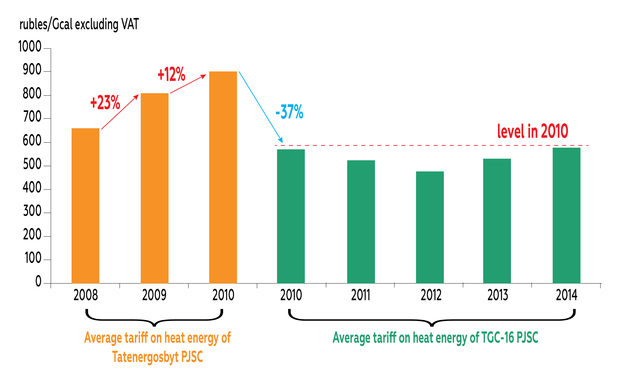
Leader in heat production in the republic
As Ramil Khusainov, the director general of TGC-16 stated in the interview, nowadays the enterprise is the leader in the republic in heat production that accounts for more than a half of the heat energy among generating companies for the reason that it has most possibilities to generate electricity and heat in combined cycle offering the lowest tariffs.
The work is carried out in a mode of constant consumer interaction that allowed TGC-16 to increase the sale volume of heat energy for industrial enterprises like the TAIF Group of Companies from 10 million Gcal in 2009 to 17 million Gcal in 2014, in other words, it increased by 70%. The growth is guaranteed by production increase of the enterprises of the group and the volume of the heat energy, which earlier was generated using consumers' own heat source. Today those sources went out of use on their own initiative because it's cheaper and more reliable to purchase it from TGC-16. The work done by TGC-16 now enables to provide the population of the republic with heat energy equal to over 3m Gcal, according to the lowest tariffs in the Russian Federation. It allows the population to reduce by 12% its outlay on heat energy consumption generated in combined cycle.
Moreover, TGC-16 has a possibility of an additional delivery of 6m Gcal per year by virtue of constant work on еру modernization of technological process, reconstruction and erection of new generating plants. This figure can reduce consumers' expenses on payments for heat energy by 2 billion of rubles per year. The following example shows that per 1 square metre there is a reduction from 20 rubles per month to 15 rubles for Kazan and Nizhnekamsk, which makes over 25%.
It all may come true when one uses a correct integrate approach to the activity of the energy enterprises when continuous and minutely elaborated work on the modernization of technological processes and reduction of production outlay is carried out. The priority task of satisfaction of consumer's requirements and their development plans demonstrates that it is always possible to find colossal reserves and ways of development and modernization of the enterprises avoiding the situation when consumers and especially the population shoulder the burden of unaffordable tariffs.
Photo: TGC-16